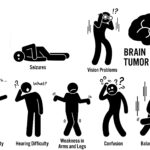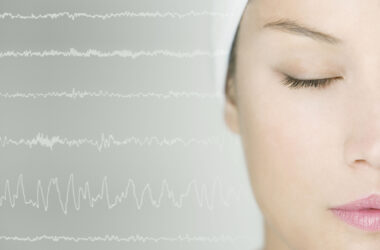We’re adapting to today’s current reality. We are staying home in order to save lives and fight against the global COVID-19 pandemic.
Shelter-in-place mandates still take a toll, especially on our social lives and our appetite for social connection.
Many of us are turning to alternative means to stay connected such becoming pen pals, drive-by birthday celebrations and wifi-enabled video conferencing.
Actually, we’ve turned to an extreme amount of video conferencing.
What started out as a novelty, video conferencing has started to feel like a chore and a bit of grind for many of us.
You aren’t alone if you find video conferencing emotionally, psychologically and physically exhausting. In fact, there is a number of reasons for the video conference slog.
- Extreme Usage: We went from using video conferencing mostly in a professional setting to using it for everything. We’re videoing for professional reasons, informal social gatherings, major life milestones from graduations to weddings, family events, religious worship, children’s education, and even physical and mental care with doctor’s and therapy appointments. This much repetition in our daily lives means a lack of stimulation for our minds and bodies. Video conferencing loses the emotional satisfaction and we end up sitting on our bums staring at a screen even more than before.
- Lack of Psychological + Physical Cues: Effective verbal communication between humans uses a combination of clear oral speaking as well as the support of physical cues. We as humans watch for facial expression, body language and physiological responses to interpret and understand other humans. Video conferencing, especially if it lags or suffers from technological delays, eliminates or misconstrues all of the physical elements of communication. This can lead to miscommunication or misunderstandings. It can also heighten social anxiety for some people.
- Blurred Boundaries: Since we are using video conference calls for multiple facets of our lives, we’re also blurring boundaries that were previously upheld between personal, professional, familial, social and romantic settings. We’re exposing our home environment to co-workers and worry about unexpected interruptions from family members, noisy roommates and more. We’re forced to present ourselves in a wholly new way, which can be exhausting.
- Triggering Fight or Flight Responses: Unsurprisingly our bodies, especially brain, spines and eyes, are not meant to sit in front of blue-lit computer screen for 8 to 12 hours each day. Screen time not only decreases muscular and spinal health due to a sedentary lifestyle, but it can also trigger our flight or fight response system. According to Jeremy Bailenson, founding director of Stanford’s Human Computer Interaction Lab, video conferencing layouts of a “Big Face” or a sea of faces in galley view can cause a surge of adrenaline. Having a singular large face or multiple faces staring at you can feel confrontational causing the body to have a physiological response.
While Kuether Brain and Spine is grateful to have access to technology like video conferencing to function in today’s world, we feel it is important to recognize the mental and emotional challenges that have come with adapting to it. We want to let you all know that we’re feeling the slog, too. We’re still committed to doing our part in fighting COVID-19 and are here for you.










